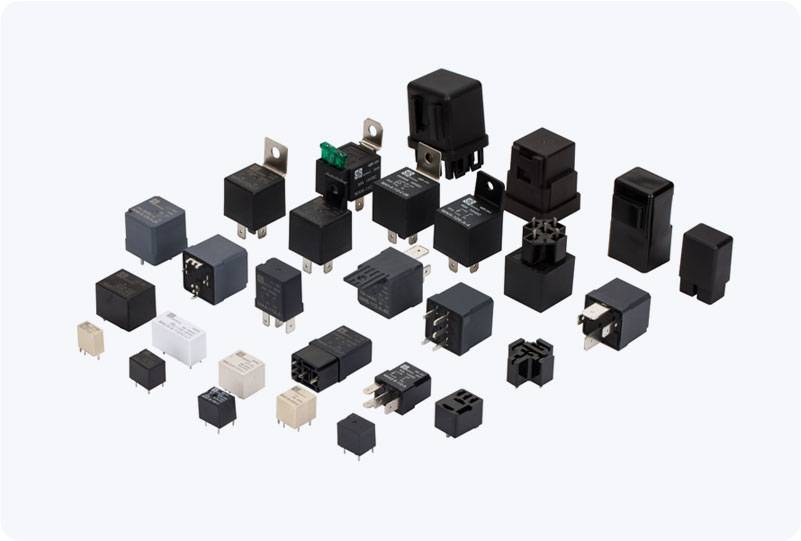understanding the battery main positive relay: function, importance, and applications
Release time:2025-04-28 13:03:17
A Battery Main Positive Relay (BMPR) is an essential component in modern electrical systems, particularly in vehicles and industrial machinery. It plays a crucial role in managing the power flow from the battery to the rest of the electrical system, ensuring that the system operates efficiently and reliably. This article will delve into the function, importance, and various applications of the Battery Main Positive Relay, exploring how it contributes to the overall electrical architecture of vehicles and machines.

What is a Battery Main Positive Relay?
At its core, the Battery Main Positive Relay is a type of electrical switch that is used to control the connection between the battery's positive terminal and the rest of the electrical system. The relay is typically a small but powerful device that can handle high voltage and current, which is necessary for the proper functioning of electrical systems in vehicles, such as cars, trucks, and buses.
When a device or system requires electrical power from the battery, the relay activates to complete the circuit, allowing current to flow. This process is essential for initiating and maintaining the operation of various electrical components, including the engine, lighting systems, and entertainment units. The relay's ability to control the battery's power output ensures that the system is only drawing power when needed, helping to prevent battery drain when the system is not in use.

